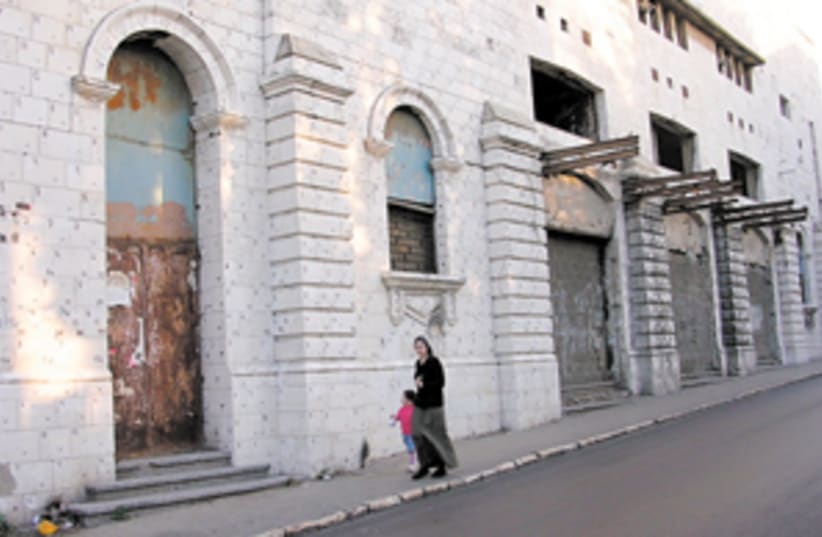| More about: | Steven Spielberg, Israel, British Mandate of Palestine, Six-Day War |
Bygone downtown
The destruction of the Edison Theater marks the end of an era.


| More about: | Steven Spielberg, Israel, British Mandate of Palestine, Six-Day War |